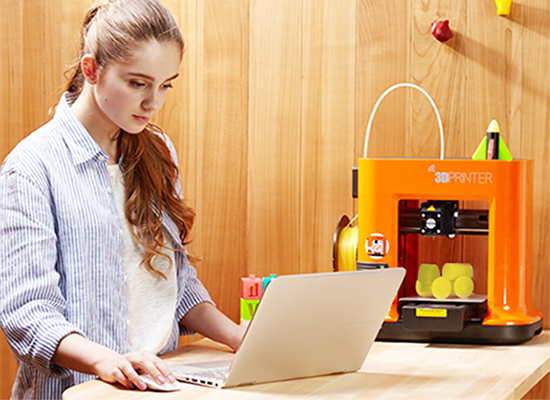What Are the Pros and Cons of EdTech in the Classroom?

No matter how much value edtech adds to your classroom, there will always be skeptics hovering close by. On the flip side, if you’ve never been an edtech supporter, it’s likely there are educators in your district advocating for an online math tutorial or digital textbook.
If you’re looking to educate yourself on the widespread edtech debate, we’re breaking down arguments that parents, teachers, students, and policy makers on both sides have contributed to recent conversations about classroom technology.
Pros
- Access to Infinite Information: If a student has a specific question, they’ll find the answer online. If a student watched a video related to your lesson plan, teachers can find the video immediately and discuss its relevance with a classroom of students. If a child wants to glance through a specific database, there are ways to access that information online. Technology destroys the limitations that paper textbooks and traditional materials often create.
- Automate Tedious Tasks: As a teacher, you’ve got so much to think about. Are my students grasping this concept? Can I make this subject easier to understand? What’s the best lesson plan for this group of kids? You shouldn’t be bogged down by busy work that technology can plow through instantaneously. There are tools that streamline grading and programs that automatically send messages to students and parents when there’s a schedule change or classroom update.
- Digital Citizenship, Media Literacy & Professional Etiquette: Mastering email formats, having to wade through a variety of online resources, troubleshooting glitches on a tablet, and getting comfortable creating aesthetically pleasing digital presentations, helps students master tools they’ll need both personally and professionally to thrive in a tech-based world. There are teachable ethics associated with online behavior, there are endless benefits to being the tech savvy employee in a corporate meeting, and there is value in understanding hidden messaging behind video advertisements. Edtech helps create a generation of citizens who understand the digital landscape and can use that understanding to develop new resources. Not to mention, get that promotion at work!
- Customized Learning: Figuring out what each individual child needs is difficult, especially if you’re overloaded with students, overwhelmed with new faces, and severely understaffed. There are countless adaptive learning programs designed to track students’ progress and figure out what helps them understand certain material. Supplementing your classroom with adaptive software will help you understand each student and develop effective lesson plans accordingly.
Cons
- Possible Distraction: If boundaries aren’t established for students or effective filtering devices aren’t implemented immediately, students will be tempted to play with their resources rather than stay on task. More likely than not, several students in a classroom will have a greater understanding of computers than their teacher and can find ways to text friends via tablet or avoid blocking software. Figuring out how to balance students’ natural inclination to inappropriately use technology and your inclination to encourage media literacy is difficult.
- Promotes Inequality: Not every student has access to technology outside of the classroom. If not every student can complete homework, instructors must refer them to libraries. Even so, it’s unlikely there are feasible options for students who must rent tablets or download specific programs to public
- Loss of Human Connection: Students need interpersonal skills in addition to digital literacy. There are articles upon articles discussing the millennial generation’s anti-social inclinations as a result of excessive social media use. Similar articles are outlining the benefits of strong relationships on professional success and overall happiness. Many are concerned that over time, students will lose the ability to communicate verbally and fail to learn skills necessary for a fulfilling social life.
- May Replace Teachers: There’s no substitute for human instruction, but some believe the progression of edtech will eliminate jobs for teachers. Most edtech is designed to support However, there is a possibility that digital instruction will become the norm. After all, education budgets feel tighter each year, and there is something to be said for technology that personalizes its instruction based on the user. And it’s no secret that other industries like agriculture and manufacturing have faced similar tech takeovers.
No matter your point of view, it’s important to consider the pros and cons of edtech before implementing or advocating against new technology. Edtech isn’t right for every learner, and you must understand the needs of your classroom before making any decision.
However, at the end of the day, there’s no harm in giving tech tools a shot. Experiment with edtech because, whether or not new tools directly improve your students’ understanding, learners will benefit from exposure to new resources. Consider feedback from both students and teachers, assess the overall experience, and make the best choice for your classroom.






